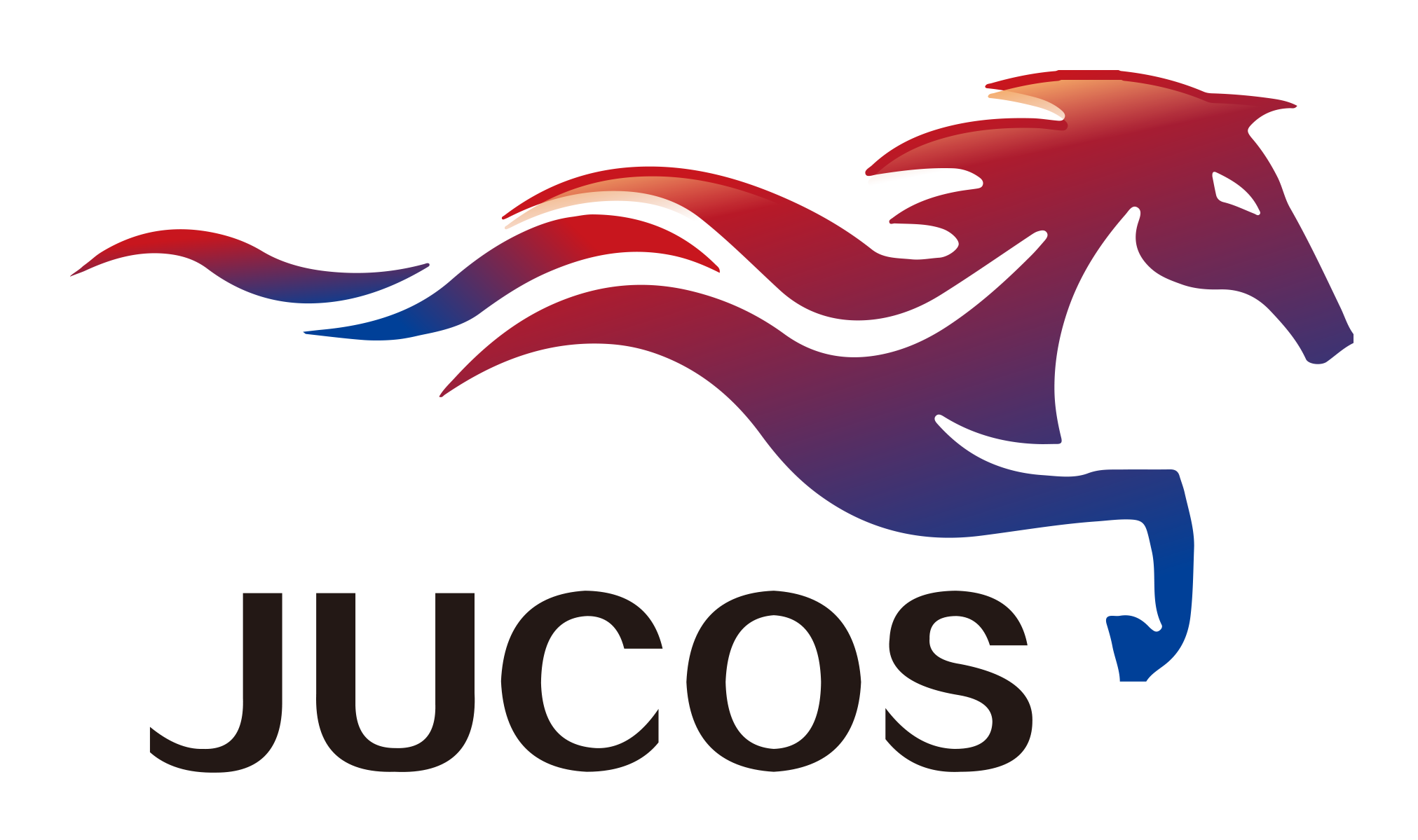Extrusion method of magnesium alloy profiles
Overview
The density of magnesium alloy is 23% of steel, 67% of aluminum, and 170% of plastic. It is the lightest metal in metal structural materials. The yield strength of magnesium alloy is roughly the same as that of aluminum alloy, only slightly lower than that of carbon steel. It is plastic. 4~5 times higher than that of plastic, and its elastic modulus is much higher than that of plastic, which is more than 20 times that of plastic. Therefore, under the same strength and stiffness, using it as structural parts can greatly reduce the weight of parts. Aviation industry, automobile industry, portable electronic equipment are of great significance.
Magnesium alloy is an alloy system formed by adding some alloying elements based on metal magnesium, which can usually be divided into binary, ternary and multi-component alloys. Binary systems such as Mg-Al, Mg-Zn, Mg-Mn, Mg-RE, Mg-Zr, etc.; ternary systems such as Mg-Al-Zn, Mg-Al-Si, Mg-Al-RE, etc.; Such as Mg-Th-Zn-Zr, Mg-Ag-Th-RE-Zr, etc. Because most alloys contain more than one alloying element, it is customary to divide magnesium and one of the main alloying elements into binary elements for the convenience of analysis and to simplify and highlight the most important alloying elements in the alloy. Alloy system.
For the corrosion of AZ31 magnesium alloy, the early research mainly focused on the effect of alloying elements on the corrosion performance. In recent years, with the progress of processing and surface treatment technology, the research on corrosion resistance of alloys has become more and more concentrated through new processing technologies (such as rapid solidification technology, semi-solid forming technology, etc.) and surface treatment technologies (such as chemical conversion, Anodizing, micro-arc oxidation, etc.) to directly or indirectly improve the corrosion resistance of AZ31 magnesium alloy. All in all, the ways to improve the corrosion resistance of alloys mainly start from the following aspects: reduce the impurity content of magnesium alloys and improve the purity; use methods such as rapid solidification, heat treatment and alloying modification to refine the alloy structure and homogenize the composition.
Therefore, understanding it's structure is of great significance for improving the quality and preventing corrosion of magnesium alloys.











